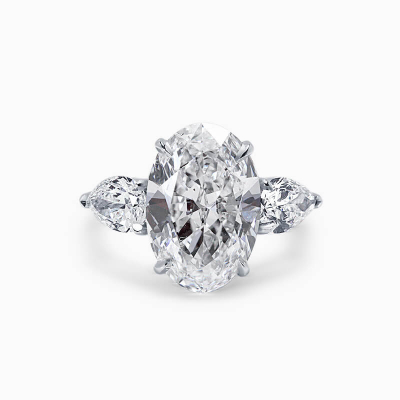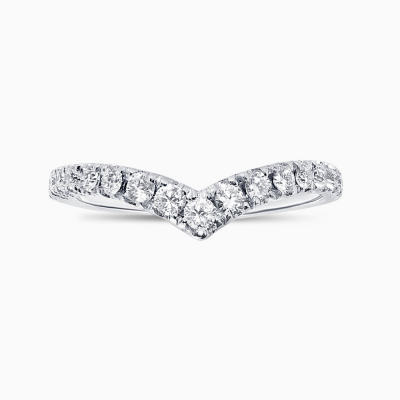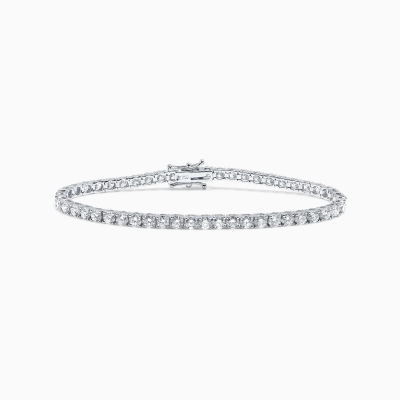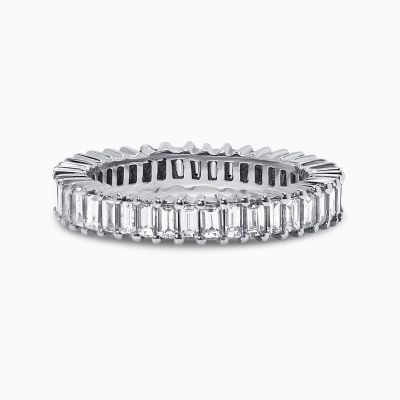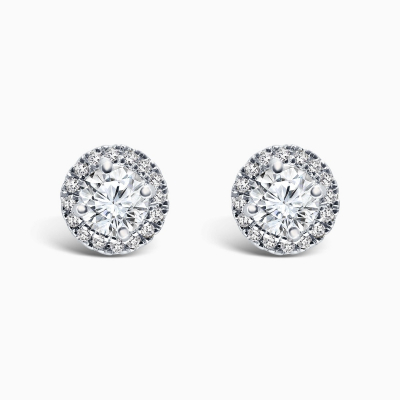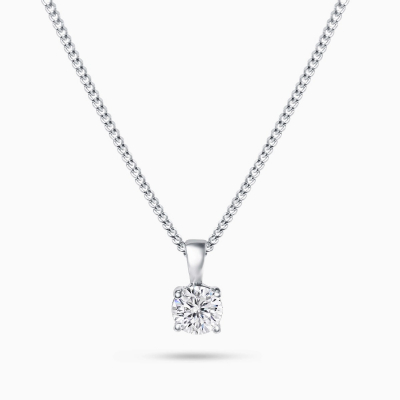USD
/
USD
/
Shipping to:
Currency:
DIAMOND CLARITY GRADES
The Gemological Institute of America (GIA) employs a meticulous process in evaluating the clarity of diamonds, considering a spectrum of factors. In the initial stages of grading, all diamonds undergo a 10x magnification, a standardized practice enabling gemologists to scrutinize each stone with precision. This meticulous examination involves a thorough assessment of the inclusions present in the diamond, including pinpoint spots, clouds, or feathers. The specific positioning of these internal characteristics is carefully studied to gauge their impact on the overall clarity of the stone. Beyond pinpointing the location of inclusions, the GIA takes into consideration various aspects of their characteristics. The number of inclusions within the diamond is documented, as a higher concentration can influence the overall clarity grade. Additionally, the size of the inclusions plays a crucial role, with larger or more noticeable imperfections potentially affecting the final clarity assessment. Reflectivity, another crucial element in the evaluation process, refers to how light interacts with the inclusions, ultimately impacting the brilliance of the stone.
Gemologists conduct a detailed analysis of how these internal features reflect and refract light, contributing significantly to the diamond's overall visual appearance. Furthermore, the GIA factors in the color of the inclusions. While most inclusions are colorless, some may exhibit shades of red, brown, or other hues. This consideration is essential, as colored inclusions can influence both the visual appeal and market value of the diamond. Through a comprehensive assessment of these multiple facets of clarity, the GIA ensures an accurate and detailed grading, providing consumers with valuable insights into the quality and purity of a diamond. This thorough approach not only enhances the transparency of the grading process but also assists buyers in making well-informed decisions based on the unique characteristics defining a diamond's clarity profile.
THE GRADES ARE AS FOLLOWS:
FLAWLESS DIAMONDS (FL)
These diamonds are exceptionally rare, in fact, only around one in every 5,000 diamonds have a flawless grade. This means that there are no blemishes or inclusions, even under magnification.
INTERNALLY FLAWLESS (IF)
IF are extremely similar to FL, there are only a few tiny differences, which can only be viewed by a skilled grader under magnification.
VERY VERY SLIGHTLY INCLUDED (VVS1 AND VVS2)
Diamond has small inclusions only visible under 10x magnification by a trained gemologist. No imperfections can be identified by the naked eye. A VVS2 diamond will have maybe 1 or 2 more inclusions than a VVS1 diamond. The size of the inclusions is roughly the same; often, it’s only the number of them.
VERY SLIGHTLY INCLUDED (VS1 AND VS2)
Again, inclusions are not visible to the eye. They are clearly visible under magnification but they are minor.
SLIGHTLY INCLUDED (SI1 AND SI2)
Now we get to the stage where inclusions become visible to the untrained eye in some cases on close inspection.
INCLUDED (I1, I2, AND I3)
Finally, I1 diamonds feature blemishes that everyone can see. I2 and I3 diamonds can feature pronounced inclusions to the point where the durability of the diamond is compromised.






